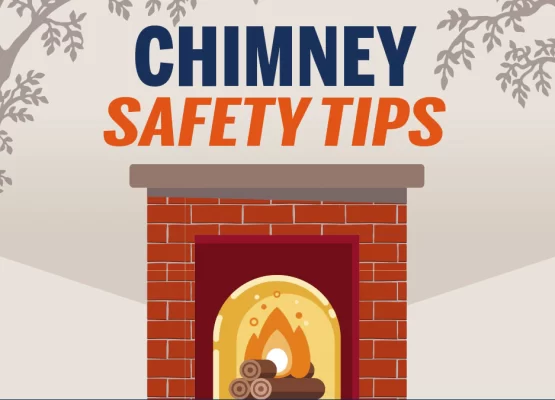Ensuring Fireplace and Chimney Safety: A Home Inspector’s Perspective
Travis McGregor (Home Inspector – North Carolina)
10/2023
As a home inspector, one of the crucial aspects we assess in a house is the safety and functionality of the fireplace and chimney. These elements play a significant role in not only providing warmth and ambiance but also ensuring the safety of the occupants and the structure itself. In this article, we will dive into the key aspects of fireplace and chimney safety that every homeowner should be aware of.
Note: **Most chimneys cannot be fully inspected as part of a standard home inspection. The interiors of flues and chimneys cannot be fully observed from the fireplace or roof, without the use of special equipment and/or dismantling of building components. With aging chimneys or when concerns exists, it is vital to have a qualified chimney contractor conduct Level II chimney inspection, prior to using the fireplace/chimney**
1. Regular Inspection and Maintenance:
Fireplace and chimney safety starts with regular inspections and maintenance. Over time, creosote, a highly flammable substance, can build up in the chimney, leading to the risk of a chimney fire. This is why it is vital for homeowners to have their chimneys professionally inspected and cleaned annually.
2. Correct Installation:
During a home inspection, I always pay close attention to the installation of the fireplace and chimney. It is crucial that they are installed correctly. This ensures proper ventilation and reduces the risk of carbon monoxide poisoning. A properly installed fireplace and chimney will also have a spark arrestor to prevent embers from escaping and potentially starting a fire on the roof.
3. Damper Functionality:
Inspecting the damper is another vital step. The damper controls the airflow through the chimney and should open and close easily. A malfunctioning damper can lead to poor ventilation, which may result in smoke entering the home or excessive creosote buildup.
4. Clearances and Combustible Materials:
I always check for adequate clearances around the fireplace. Flammable materials should be kept a safe distance away from the hearth. Combustible materials, like firewood, should be stored away from the fireplace and chimney to prevent unintended fires.
5. Proper Ventilation and Draft:
A well-functioning chimney should maintain a proper draft to allow smoke to escape efficiently. Inadequate draft can result in smoke backflow into the house, which is both inconvenient and hazardous to health.
6. Flue Liner Integrity:
The flue liner inside the chimney plays a critical role in protecting the chimney structure from heat and corrosion. We try to inspect the liner for cracks or damage, which can pose serious safety concerns, however, there are limitations to a standard home inspection, mainly due to limited visibility of the flue/chimney. We typically recommend a Level II inspection be conducted by a qualified chimney sweep contractor prior to using a fireplace/chimney for the first time in an existing home.
7. Cap and Crown Inspection:
The chimney cap and crown should be in good condition. These components protect the chimney from water intrusion, which can cause prolonged damage. Cracks or missing pieces should be addressed promptly.
8. Carbon Monoxide and Smoke Detectors:
Home safety isn’t complete without functioning carbon monoxide and smoke detectors. I recommend homeowners install smoke/carbon monoxide alarms in every bedroom, hallways, and on every level of the home and to inspect their functionality, annually.
In conclusion, fireplace and chimney safety is paramount in any home. Regular inspections, proper installation, and routine maintenance are essential in preventing accidents and maintaining a warm and secure environment. A professional home inspection can identify potential hazards and provide homeowners with direction of repairs, if necessary and ultimately, peace of mind. Remember, maintaining these elements isn’t just a matter of comfort but a fundamental step toward ensuring the safety of your home and loved ones.
Enjoy the ‘warmth’ of the season!
Cheers!
-Travis McGregor
Your Trusted North Carolina Home Inspector







